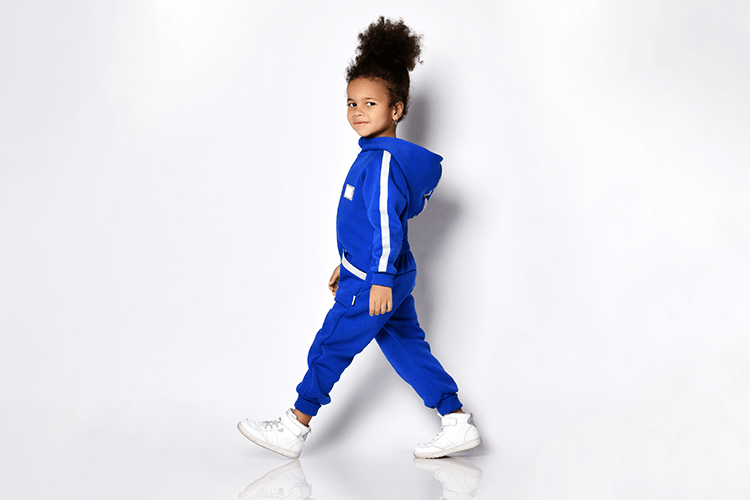Does My Child Need Therapy for Orthopedic Conditions?
Understanding Orthopedic Conditions in Children
Orthopedic conditions in children affect the musculoskeletal system, which includes bones, muscles, joints, and ligaments. These conditions can impact a child’s ability to move, perform everyday tasks, and participate in physical activities. Early intervention and therapy can significantly improve outcomes for children with orthopedic conditions.
Signs to Watch For:
Recognizing the signs of orthopedic conditions early can help you seek the necessary support for your child. Here are some indicators that your child may benefit from pediatric therapy:
- Pain and Discomfort
- Complaints of pain in the joints, muscles, or bones.
- Limping or avoiding putting weight on a particular limb.
- Pain that worsens with activity and improves with rest.
- Movement Difficulties
- Difficulty with gross motor skills such as walking, running, jumping, or climbing.
- Trouble with fine motor skills like holding objects, writing, or using utensils.
- Limited range of motion in the joints.
- Abnormal Gait or Posture
- Walking on toes or with an unusual gait.
- Noticeable differences in posture, such as one shoulder higher than the other.
- Curvature of the spine or other postural abnormalities.
- Developmental Delays
- Delayed milestones such as sitting, standing, or walking.
- Slower progress in developing motor skills compared to peers.
- Physical Deformities
- Visible deformities such as bowlegs, knock knees, or flat feet.
- Uneven leg lengths or other asymmetries in the body.
What to Do if You Notice These Signs
If you observe any of these signs in your child, it’s important to seek a professional evaluation. Early diagnosis and intervention can greatly improve your child’s quality of life. Here are the steps you can take:
- Consult with Your Pediatrician
- Share your observations and concerns with your child’s doctor. They can conduct an initial assessment and refer you to a specialist for further evaluation.
- Seek a Comprehensive Evaluation
- A thorough assessment by a pediatric orthopedic specialist is essential for an accurate diagnosis.
- Develop an Individualized Therapy Plan
- Based on the evaluation, professionals can recommend a tailored therapy plan that addresses your child’s specific needs and strengths.
- Engage in Therapeutic Activities
- Therapies such as physical therapy, occupational therapy, and specialized exercises can support your child’s development and improve their quality of life.
How Pediatric Therapy Can Help
Pediatric therapy offers a range of benefits for children with orthopedic conditions:
- Improved Mobility and Function: Physical therapy can enhance your child’s ability to move, improve their range of motion, and strengthen muscles.
- Pain Management: Therapeutic exercises and techniques can help alleviate pain and discomfort associated with orthopedic conditions.
- Enhanced Motor Skills: Occupational therapy can improve fine motor skills, enabling your child to perform everyday tasks more effectively.
- Posture and Alignment: Therapy can address postural issues and help correct alignment problems to prevent future complications.
- Support for Physical Activity: Therapists can develop individualized exercise programs to help your child stay active and participate in sports or recreational activities.
Take the Next Step:
If you have concerns about your child’s musculoskeletal development or suspect they may have an orthopedic condition, don’t hesitate to reach out to us. Our team of experienced pediatric therapists is dedicated to providing comprehensive support and personalized therapy to help your child thrive.

